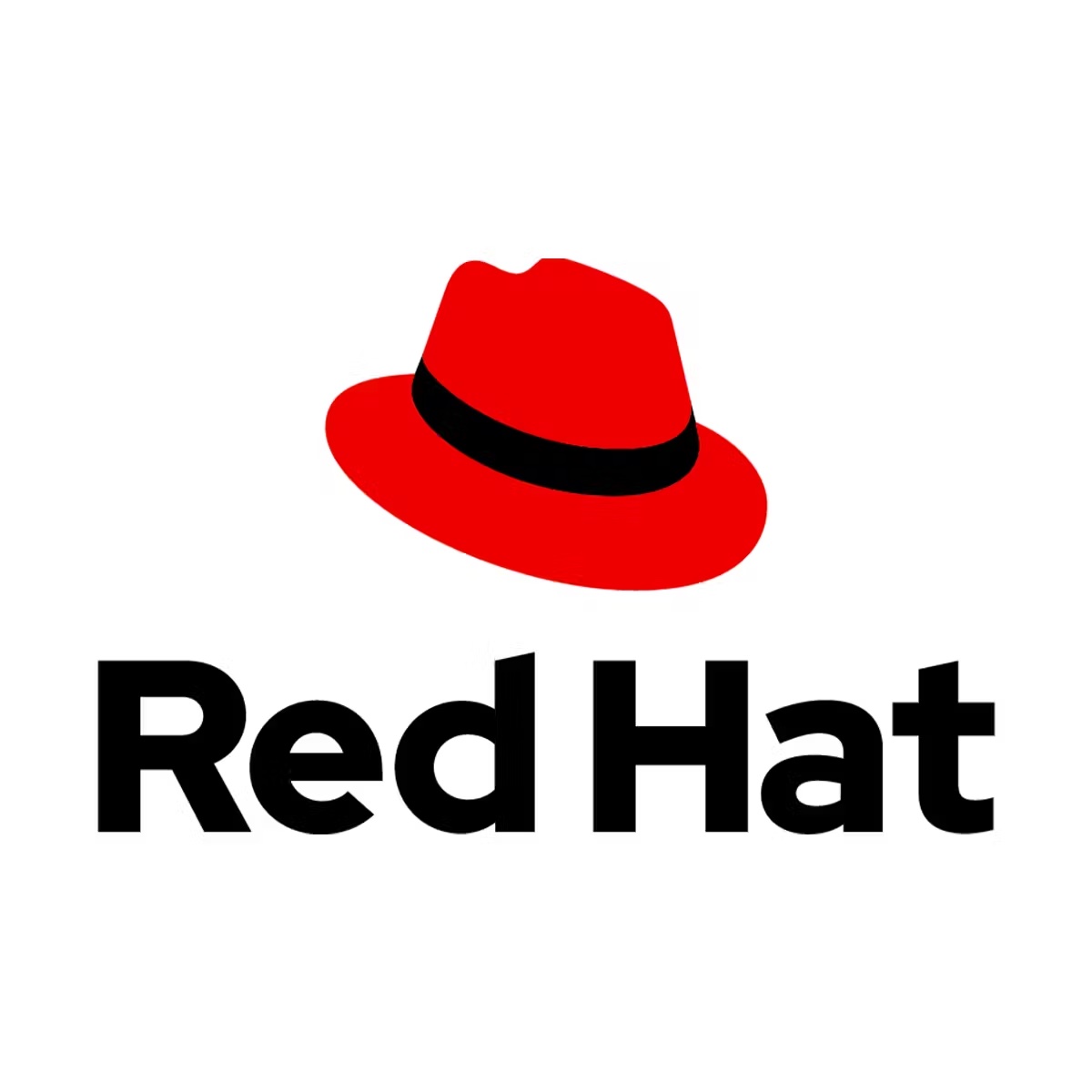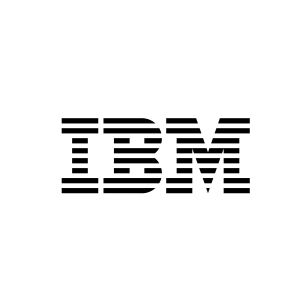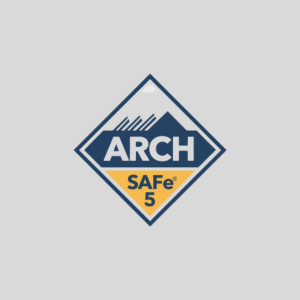Description
Course Content
- Design containerized applications for OpenShift.
- Manage and trigger application builds using Source-to-Image (S2I).
- Customize an existing source-to-image base image.
- Deploy multi-container applications using Helm Charts.
- Create health checks to monitor and improve application reliability.
- Create and deploy cloud-native applications on OpenShift.
Who should attend
- Enterprise application developers
- DevOps site reliability engineers
Certifications
This course is part of the following Certifications:
Red Hat Certified Specialist in OpenShift Application Development
Prerequisites
Red Hat recommends these prerequisites:
Red Hat recommends these prerequisites:
Have completed the Red Hat OpenShift Administration I: Containers & Kubernetes (DO180), or have equivalent knowledge
Being a Red Hat Certified System Administrator or having earned a higher certification is helpful for navigation and usage of the command line, but is not required
Course Objectives
Impact on the organization
This course provides application developers with the essential skills to design, build, and deploy containerized applications, whether they are migrating existing applications to OpenShift, or creating new cloud-native applications. It provides the gateway to organizational and digital transformation by demonstrating the potential of DevOps using a container-based architecture.
As developers seek ways to improve application time to market for minimum viable products, containers and OpenShift have quickly become the de facto solution for agile development and application deployment. A container-based architecture, orchestrated with Kubernetes and OpenShift, improves application reliability and scalability while decreasing developer overhead and facilitating continuous deployment.
Impact on the individual
You will learn about the fundamental concepts behind containerizing, scaling, deploying, and managing applications in Red Hat OpenShift Container Platform. You will acquire these skills:
- Design container images to containerize applications.
- Customize application builds and use Source-to-Image builds.
- Deploy multi-container applications.
- Implement health checks to improve system reliability.
Outline: Red Hat OpenShift Developer II: Building Kubernetes Applications (DO288)
Deploy and manage applications on an OpenShift cluster
- Deploy applications using various application packaging methods to an OpenShift cluster and manage their resources.
Design containerized applications for OpenShift
- Select a containerization method for an application and create a container to run on an OpenShift cluster.
Publish enterprise container images
- Create an enterprise registry and publish container images to it.
Manage builds on OpenShift
- Describe the OpenShift build process, in addition to triggering and managing builds.
Customize source-to-image builds
- Customize an existing S2I base image and create a new one.
Deploy multi-container applications
- Deploy multi-container applications using Helm charts and Kustomize.
Manage application deployments
- Monitor application health and implement various deployment methods for cloud-native applications.
Build applications for OpenShift
- Create, deploy, and integrate third-party applications on OpenShift.




